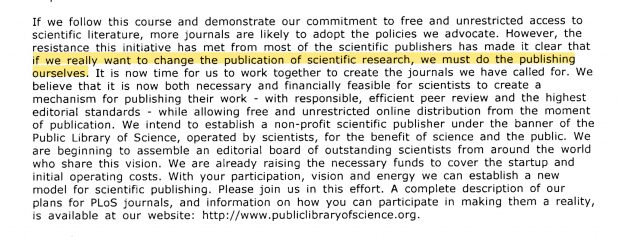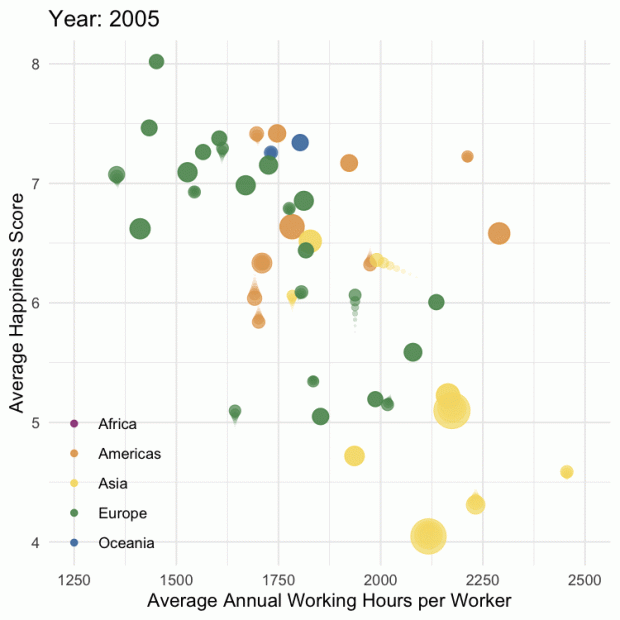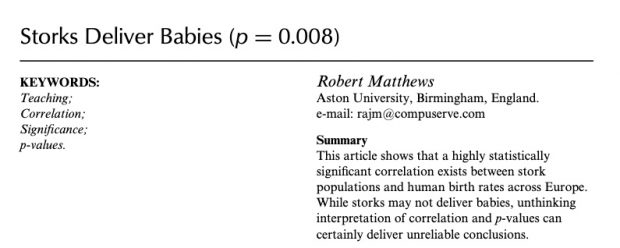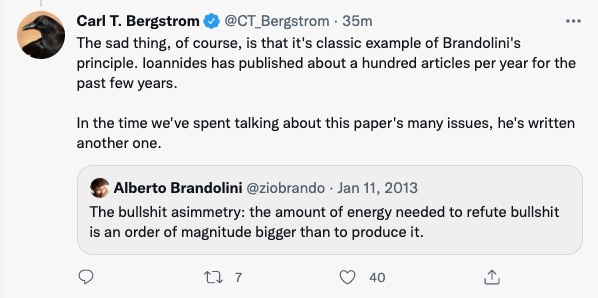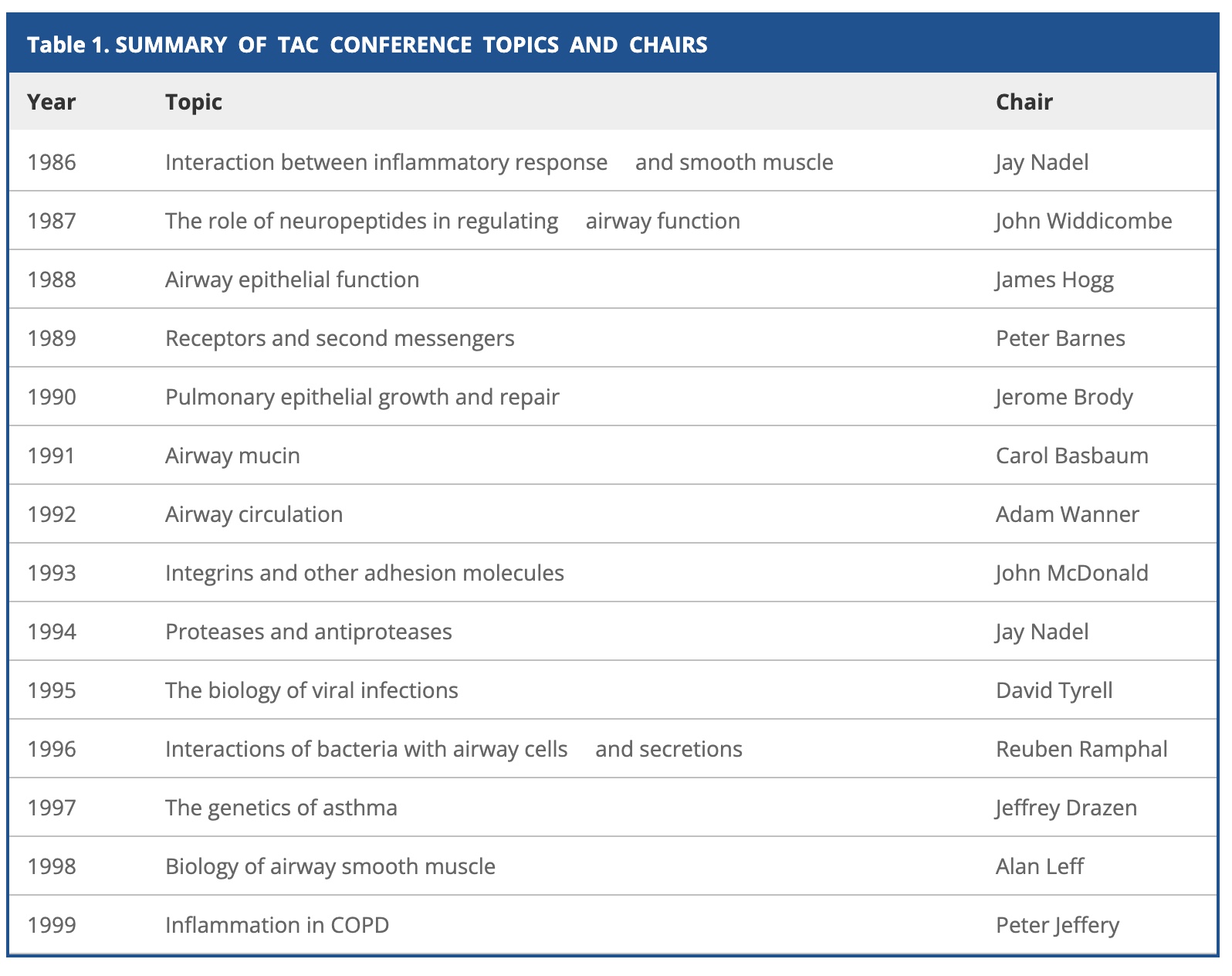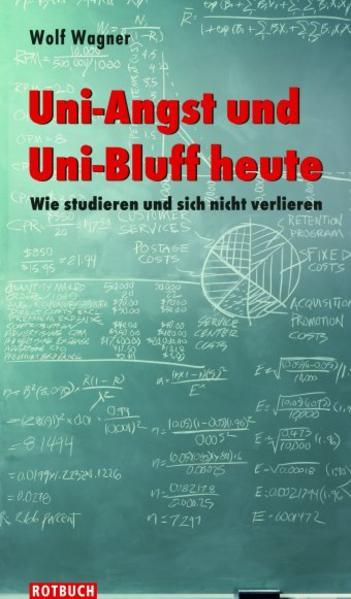
Jens Kersten. Die dritte Revolution. Plädoyer für ein ökologisches Grundgesetz.
Für die notwendige ökologische Transformation unserer Gesellschaft genügt es jedoch nicht, neue ökologische Grundrechte zu schaffen und die Rechte der Natur anzuerkennen. Damit die ökologischen Rechte im politischen Prozess auch aktiv wahrgenommen und effektiv umgesetzt werden, ist es notwendig, auch die zweite Ebene des Grundgesetzes ökologisch auszugestalten – das Staatsorganisationsrecht. Das klingt zwar technisch, ist aber politisch von zentraler Bedeutung. Denn nur wenn das parlamentarische Regierungssystem für ökologische Rechte sensibilisiert ist, werden diese nicht schlicht in den weiten gesetzgeberischen Abwägungsspielräumen „verpuffen“.
Um die ökologische Sensibilität unseres Staatsorganisationsrechts zu erhöhen, muss zunächst die Ökologie als Staatsfundamentalnorm in Art. 20 Abs. 1 GG verankert werden: Die Bundesrepublik Deutschland ist ein demokratischer, sozialer und ökologischer Bundesstaat.[22] Damit gehört die Ökologie zur verfassungsrechtlichen DNA unserer Staatsorganisation, sodass sie die Arbeit der drei demokratischen Gewalten – Legislative, Exekutive und Judikative – bestimmt.
